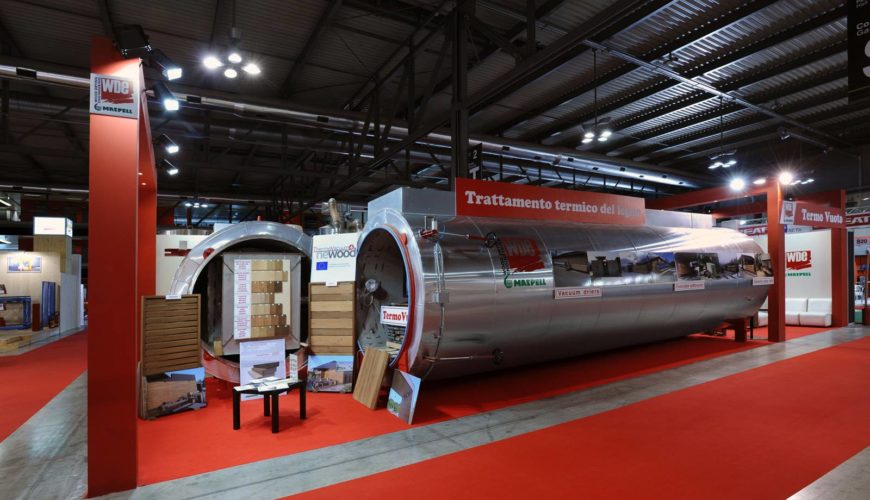In the various stages that anticipate the actual woodworking we often hear about vaporization. But what does this process consist of and why is it so important for the success of the project?
Why subject the wood to vaporization
Each freshly cut plant has high levels of humidity, which however are not present uniformly along the entire trunk. This involves a different coloring of the timber but also an obvious difficulty in subjecting the logs to the drying process, since the percentage of humidity that we are going to subtract is not the same in every point, and where it is lower we would have the risk of damaging tensions. . The task of vaporization is precisely to equalize the amount of water vapor present on the entire trunk and give the wooden material a homogeneous color. But the benefits of vaporization don’t stop there. Again thanks to this process, we would also have softer and more “workable” woody fabrics for the processing of the sheeter or the shear, which will allow us to obtain thin sheets from decorative veneers or plywood. The effects of wood vaporization then extend to the elimination of all those soluble substances contained within, such as tannins, sugars and starch, which could cause fungal or insect attacks.
How to vaporize wood
The starting point for a perfectly executed wood vaporization is given by the freshly cut logs. After debarking, the logs are placed inside special chambers and sprayed with steam at 100 ° C.

There are two different methods of intervention:
– direct vaporization
– indirect vaporization
In the first case, the saturated steam arrives in the chamber through perforated pipes located under the wood stack, and then expands in the cell until it reaches atmospheric pressure. If saturated steam is not available, proceed by blowing it towards a channel that contains water.
Indirect vaporization takes place by boiling the water contained in the stainless steel tanks inside the cell (traditional indirect vaporization) or by means of a heating battery placed inside the tanks and activated by the flame of a gas burner.
Direct or indirect vaporization, which one to choose?
The advantages of direct vaporization are mainly linked to the greater simplicity in the construction of a pipe system, even if it implies the presence of saturated steam at low pressure. Indirect vaporization, on the other hand, is particularly appreciated because it allows for a mild treatment of the wood, which minimizes the risk of any damage. Energy saving due to condensate recovery is also one of the factors that often pushes companies operating in the woodworking sector to prefer a plant for indirect vaporization.

For both direct and indirect wood vaporization, it is however necessary to have a microprocessor that allows constant control throughout the treatment, with the possibility of changing programs in order to always have perfect wood for any future processing.




